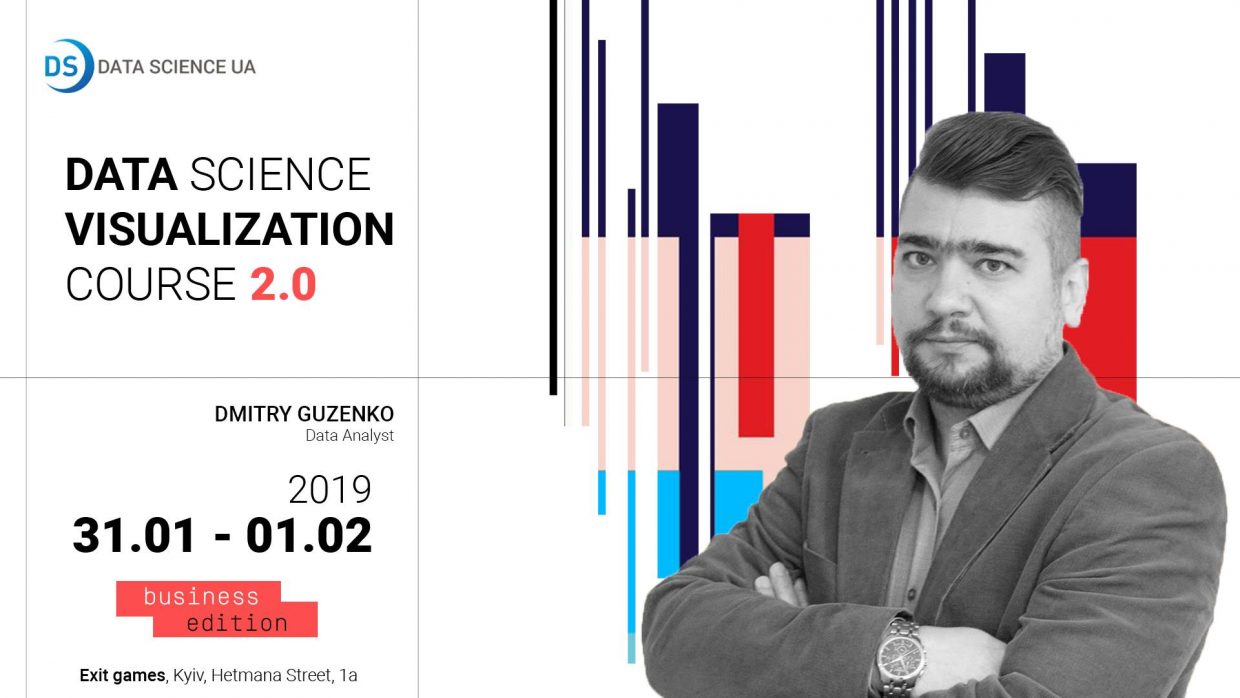Data analysts, top executives, executives and Data Scientists – these categories of professionals understand the value of data visualization like no other.
January 31 – February 1, Data Analyst Dmitry Guzenko will hold a two-day Data Science Visualization course.
More than 20 years of experience in business process automation & ERP systems implementation, 10 years of experience in system analysis and business models architect, 3 years expertise in Data Management approach to improve company efficiency.
